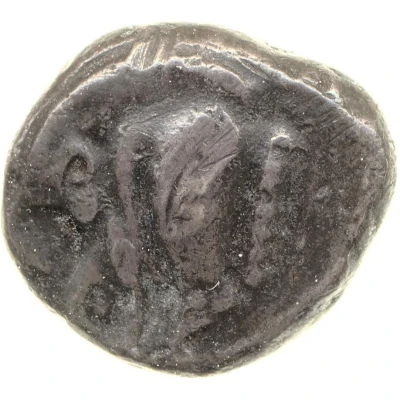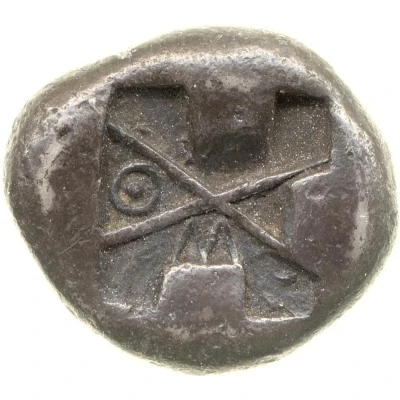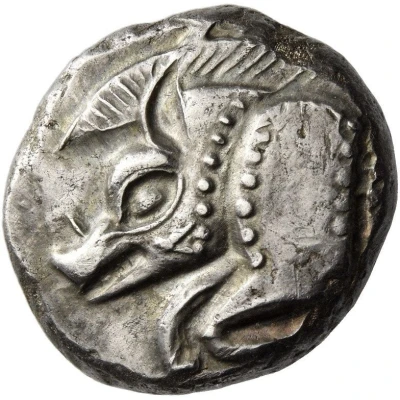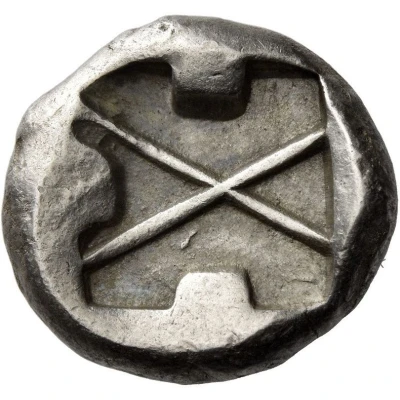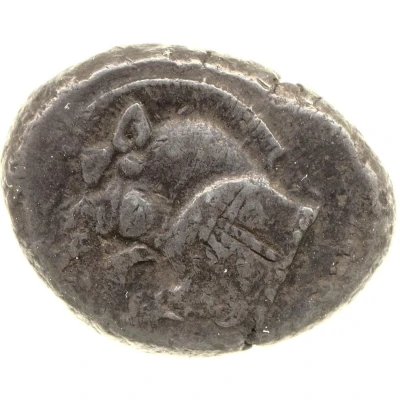
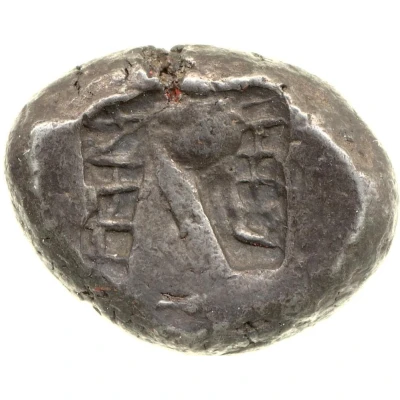

© Trustees of the British Museum
Stater 520 BC - 480 BC
| Silver | 9.54 g | 21 mm |
| Issuer | Lycian league |
|---|---|
| Type | Standard circulation coin |
| Years | 520 BC - 480 BC |
| Value | Silver Stater (3) |
| Currency | Drachm |
| Composition | Silver |
| Weight | 9.54 g |
| Diameter | 21 mm |
| Shape | Round (irregular) |
| Technique | Hammered, Incuse |
| Orientation | Variable alignment ↺ |
| Demonetized | Yes |
| Updated | 2024-10-10 |
| Numista | N#393781 |
|---|---|
| Rarity index | 100% |
Reverse
Incuse square decorated with pattern consisting of a large globe, from which project two lines forming the letter Λ; the remaining space filled with a network of lines.
Script: Greek
Interesting fact
The Lycian League Stater coin was used as a form of currency in the ancient Lycian League, which was a confederation of cities in the region of Lycia in southwestern Anatolia (modern-day Turkey). The coin features an image of a lion's head on one side and an inscription on the other side that reads "ΛYKIΩN," which means "of the Lycians." The coin was minted during the 6th century BC and was used for trade and commerce throughout the region. It's interesting to note that the Lycian League was one of the earliest known democratic federations in the ancient world, and the coinage they produced reflects the league's values of independence, unity, and economic cooperation.
